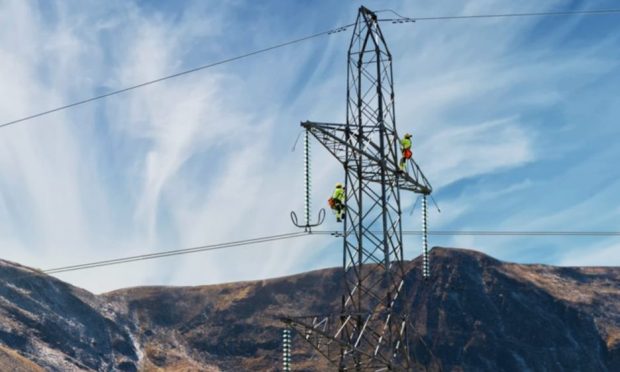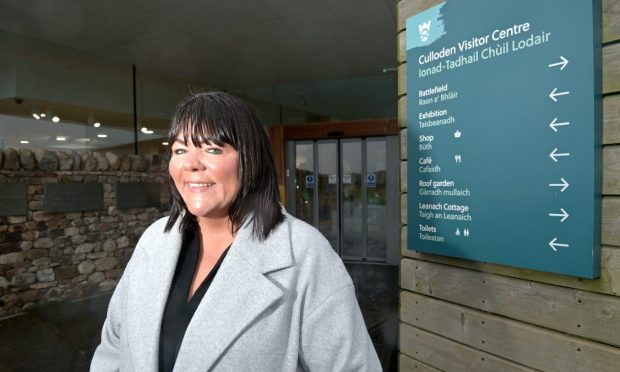Economic growth in Scotland is projected to fall slightly next year but the country is expected to avoid recession amid uncertainty over Brexit, a new report has found.
The latest economic outlook report from professional services firm PwC predicts a fall in Scottish growth from 1.3% this year to 1.2% in 2018.
It also forecasts UK growth will slow from around 1.5% to 1.4%.
The report attributes the decline to slower productivity growth projections which outweigh expectations of faster jobs growth.
PwC also analysed the impact of Brexit and the effect any restriction of future migration from the EU could have on growth in certain sectors.
Scotland has the second highest proportion of European Economic Area (EEA) workers in the UK at 8%, behind London at 14%.
The study found that sectors most reliant on EEA workers include food manufacturing, construction, hotels and restaurants and warehousing.
While skills gaps created by lower net migration from the EU could be filled by UK nationals and automation, this will take time, the report found.
David Brown, head of government and public services for PwC in Scotland, said: “The impact of Brexit on immigration from the EU will not be known for some time, but if numbers are reduced then government and businesses will need to work together to try and fill skills gaps.
“While enhanced training of UK nationals and automation might be a solution in certain sectors if we look 10 to 20 years ahead, realistically they are unlikely to make up fully if there is any large reduction in EU migrant workers over the next five to 10 years.
“Healthcare, hospitality, retail and construction are particularly dependent on EU workers.
“It is important that not only do we take steps to retain the EU migrants already living in the UK, but we also consider carefully how to make provision for them in the new immigration system post 2021.”
Earlier this week, MSPs at Holyrood voted in favour of a different, flexible immigration system for Scotland.










